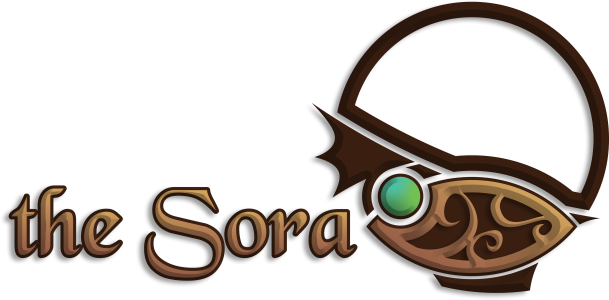A
mobility aid is a device which replicates or replaces a person's natural method of movement which has been impaired or lost. They are differentiated from
mobility enhancers, which provide movement beyond natural means for a person. This means, for instance, that a device which allows a person to fly would be considered a mobility aid for a
nabaram, but a mobility enhancer for a
human. Mobility aids do not necessarily have to perfectly replicate the original method of movement; a wheelchair acts as a mobility aid for a walking species, while a glider provides mobility to a flying species.
Design
Mobility aids can be distinguished by their intended function and manner of achieving it. Aids can either attempt to perfectly replicate the natural movement of a species, in which case they are called mimeomotor, or provide similar capabilities through alternative action, which are called alteracters. Either version can work through either mechanical or magical means; many devices which look similar have greatly different underlying workings. The three most common methods of locomotion within the
Sora are walking, swimming, and flying. Several common designs exist for each.
Items which use magic to transform a user's body or impart movement onto a person are not considered mobility aids. For instance, a ring that allows a user to polymorph into a bird or a float into the sky with a thought would not count as a mobility aid.
Walking
Most sapient species in the Sora possess the ability to walk to some degree, thus the most common mobility aids are those which deal with walking. Indeed, the most primitive of all mobility aids are made for walking and include such common items like staves or canes. A wheelchair is one common walking alteracter, allowing users to either propel themselves with their arms or drive themselves through embedded propulsion. A variation on the wheelchair is the solowheel, which consists of an vertical tube with a pair of wheels at the base. The user places their lower body into the top of the tube, which holds them upright. The user moves by leaning in the direction they wish to travel. Solowheels possess greater agility and a faster turning rate than wheelchairs, but are less stable.
Spider harnesses are another common mobility aid which may be classified as an alteracter or mimeomotor depending on the physiology of the user. Despite the name, spider harnesses can have four, six, or either legs which the user typically controls with a set of control sticks. Spider harnesess are better able to deal with uneven terrain than wheeled devices, but even the most lightweight devices are much heavier and bulkier than all but the most heavy duty wheelchairs.
Swimming
While not as common as walking, many sapient species are able to swim as well. Because of the wide variety of swimming techniques, swimming aids are less widely used. Those that are tend to allow the users to swim with control or speed more closely approaching typical limits. Common swimming aids include flippers worn on the hands, feet, tail, or other appendage which provides greater thrust; fins attached to the side of the body to provide greater stability; and rudders to control direction. Such aids tend to be relatively simple to create.
More complex swimming aids exist for individuals with more extensive needs. Most are self-propelled in some fashion, allowing a user with limited movement to swim. Such devices are often steered by slight movements of the fingers, toes, mouth, or even eyes. Other complex devices allow for swimming in unusual or harsher conditions, such as through acid, in turbulent waters, or at great depths.
Flight
Flight aids are far less common, as there are less species who are natural flyers and they tend to be difficult to make. However, they can be found in more advanced areas of the Sora, especially those with a large number of flying species. The simplest are kites or gliders which attach to a user's body and allow them to glide through the air. These rarely match the full capabilities of the user's species.
More complicated and advanced devices allow users to truly replace their flight capabilities. These include replacement wings, which typically fall under the alteracter category, or more unusual mimeomotor variations such as rotors or gas balloons.



Comments